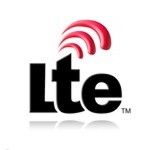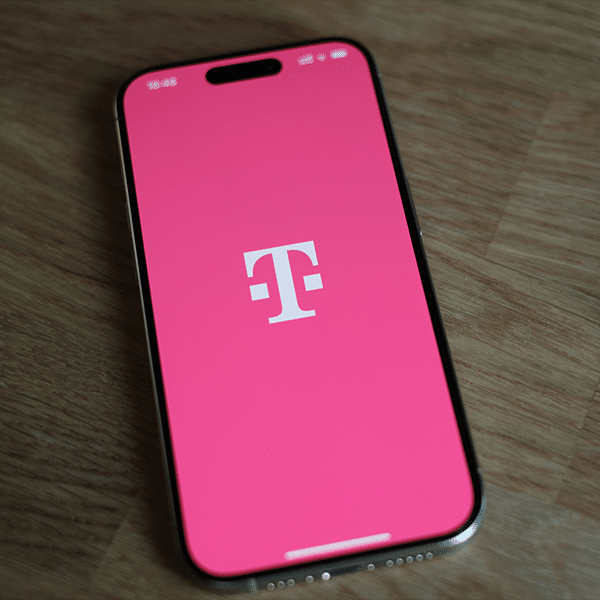 LTE’s worldwide subscriber base is projected to far exceed 100 million this year, reaching 198.1 million by the end of 2013 – a 115% increase from 92.3 million for 2012, according to a new report from IHS iSuppli.
LTE’s worldwide subscriber base is projected to far exceed 100 million this year, reaching 198.1 million by the end of 2013 – a 115% increase from 92.3 million for 2012, according to a new report from IHS iSuppli.
There were 612,000 LTE subscribers as of year-end 2010, the year the cellular industry’s new 4G broadband wireless networking standard was introduced. Subscriber numbers surged “by an astounding factor of 22 to 13.2 million subscribers in 2011,” and took another leap higher, growing 599% in 2012 to reach almost 100 million. LTE subscriber numbers will exceed 1 billion by 2016, IHS iSuppli forecasts in its “IHS iSuppli Wireless Communications Special Report.”
“With LTE emerging as a true global technology standard, its ecosystem now faces both challenges and opportunities,” Wayne Lam, senior analyst for wireless communications stated in a press release. “Rapid adoption will drive design innovations, particularly in smartphones, but issues like spectrum fragmentation will also remain an overhang for the LTE industry that requires attention.
“Overall, however, the LTE space will be less worried about rifts or division in technology and more concerned with laying the foundation for sustained growth across the entire LTE landscape.”
Cellular and wireless network operators have been building out 4G LTE infrastructure in recent years. While most activity took place in Europe and Asia early on, infrastructure investments in North America fueled subscriber growth in 2011 and 2012, according to iSuppli.
Smartphone upgrades also helped propel subscriber numbers higher in the last two years, they continue, “especially as 4G LTE technology hit top-of-mind for data-savvy consumers.”
LTE quickly supplanted WiMAX as the de facto global standard for 4G networking, but interoperability across carriers and spectrum holdings are “far from consistent,” they note. “While the precursor 3G technology was deployed over a handful of spectrum bands globally, LTE so far has registered more than 40 different frequency spectrums, resulting in a complex landscape fro equipment and component suppliers.”
Offsetting this are the substantial advantages “to be derived from LTE,” according to iSuppli. Low-latency performance facilitates delivery of live video streaming, video conferencing, voice-over-IP (VoIP) and real-time multi-player gaming, they point out. “These market opportunities, in turn, create fresh market opportunities for component supplier and device manufacturers.”
“In particular, LTE is a force multiplier for innovation among smartphones. To take advantage of a more capable network, device manufacturers are accelerating the pace of innovation for applications processors, touch-screen displays, camera technology and ever-more sophisticated mobile operating systems and software,” they conclude.


